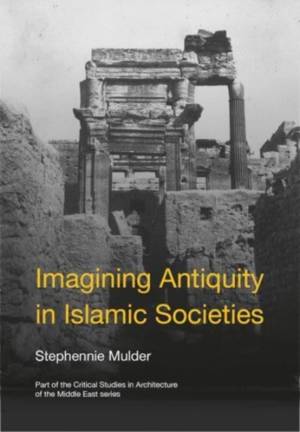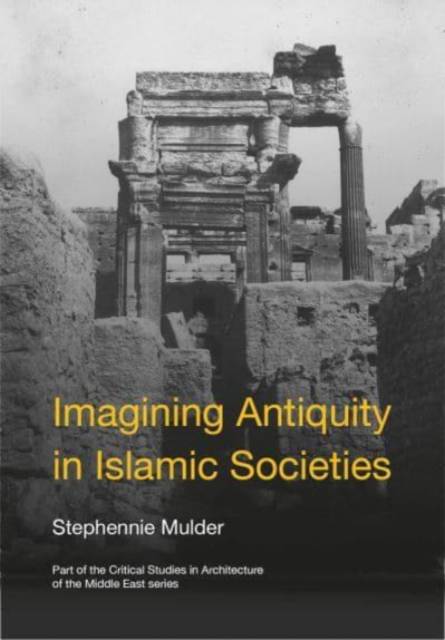
- Retrait gratuit dans votre magasin Club
- 7.000.000 titres dans notre catalogue
- Payer en toute sécurité
- Toujours un magasin près de chez vous
- Retrait gratuit dans votre magasin Club
- 7.000.000 titres dans notre catalogue
- Payer en toute sécurité
- Toujours un magasin près de chez vous
Description
A history of Islamic interest in the material past of the ancient world. The tragic destruction of cultural heritage performed by ISIS in Syria and Iraq is often superficially explained as an attempt to stamp out idolatry or as a fundamentalist desire to revive and enforce a return to a purified monotheism. Analyses like these posit that there is an "Islamic" manner of imagining the past and that the iconoclastic actions of terrorist organizations are one, albeit extreme, manifestation of an assumedly pervasive and historically ongoing Islamic antipathy toward images and pre-contemporary holy localities. However, this is not the full picture. This book explores the diverse ways Muslims have engaged with the material legacies of ancient and pre-Islamic societies, as well as how Islam's heritage has been framed and experienced over time. Long before the emergence of ISIS and other so-called Islamist iconoclasts, Muslims imagined Islamic and pre-Islamic antiquity and its localities in myriad ways: as sites of memory, spaces of healing, or places imbued with didactic, historical, and moral power.
Spécifications
Parties prenantes
- Auteur(s) :
- Editeur:
Contenu
- Nombre de pages :
- 294
- Langue:
- Anglais
- Collection :
Caractéristiques
- EAN:
- 9781789385489
- Date de parution :
- 16-08-22
- Format:
- Livre relié
- Format numérique:
- Genaaid
- Dimensions :
- 172 mm x 234 mm
- Poids :
- 793 g







